The best gaming monitors in 2021
The best gaming monitor is a vital part of any gaming PC setup. You can spend a fortune on making your system the absolute best it can be, but if you've not put enough thought into your screen choice then a lot of that effort will be wasted. The top gaming display is the window to your games, and as the final step in a long process from program to pixel, you want to make the most of the experience with a great panel.
Make sure you marry your monitor to your graphics card, though, or at least have it in mind when upgrading. There's not much point in grabbing a 4K screen or an ultrawide equivalent if you're still packing a GeForce GTX 1060. For the best screens, you're going to want the best graphics card—which is obviously a little bit of a problem right now.
If you are lucky enough to own the likes of the Nvidia RTX 3080 Ti or AMD's RX 6000-series then your options are wide open. These new GPUs can drive 4K panels at silky-smooth frame rates and even the best high refresh rate monitors won't be a problem. If you're GPU isn't quite so cutting edge, then you're going to want to ease back on your monitor specs a little—1440p is often a better fit.
We've been busy testing a staggering amount of monitors recently to make sure your money is well spent on the best gaming monitor around. We'll keep this list updated as new monitors come out, but right now, these are your best options.
Best gaming monitor
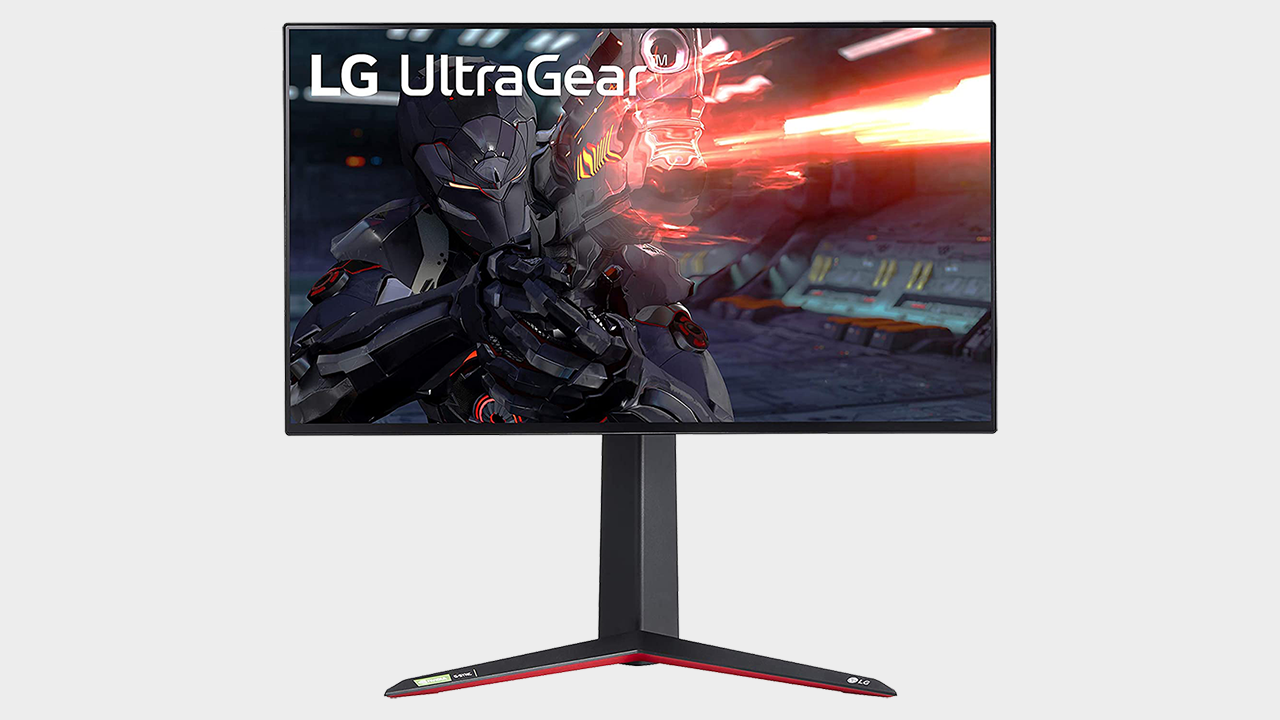
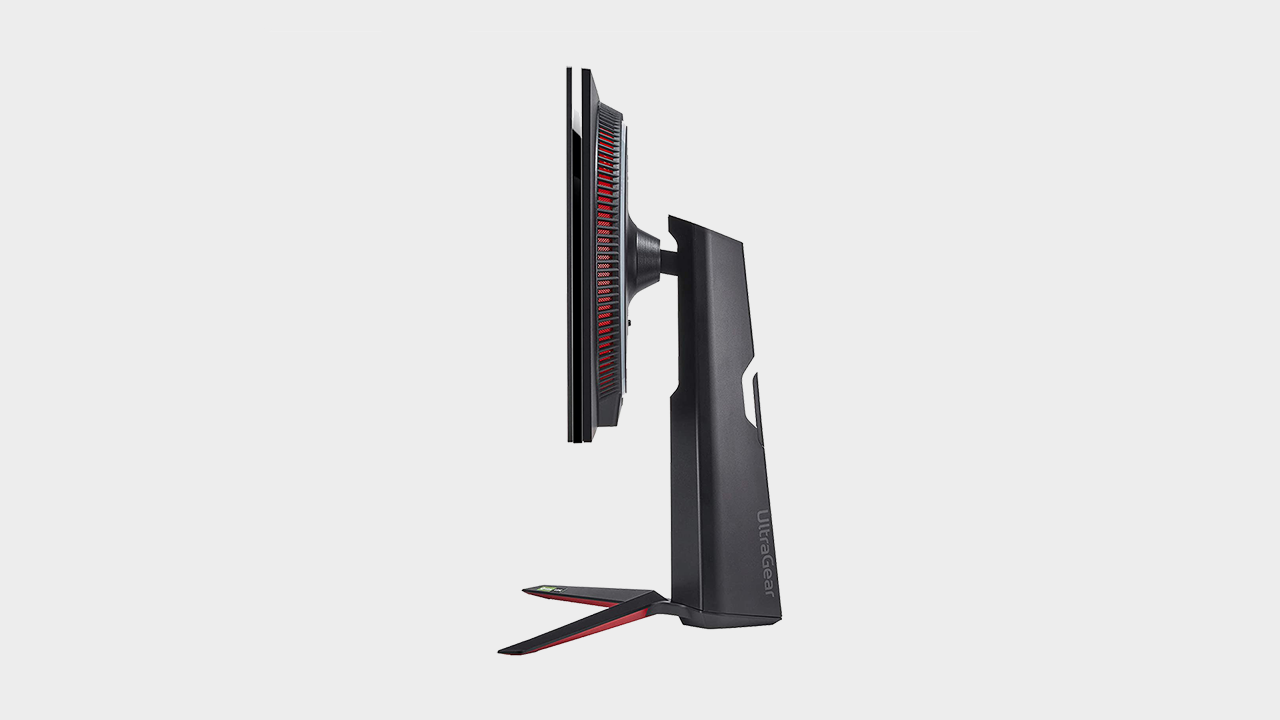
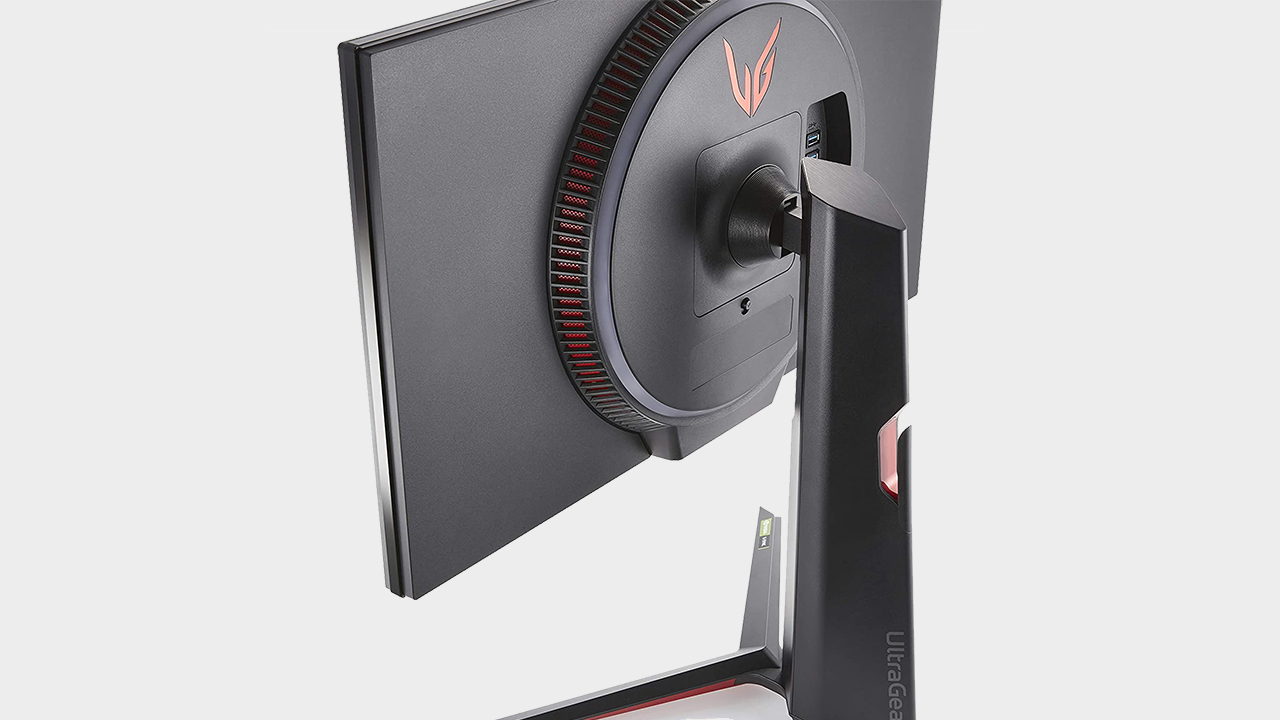
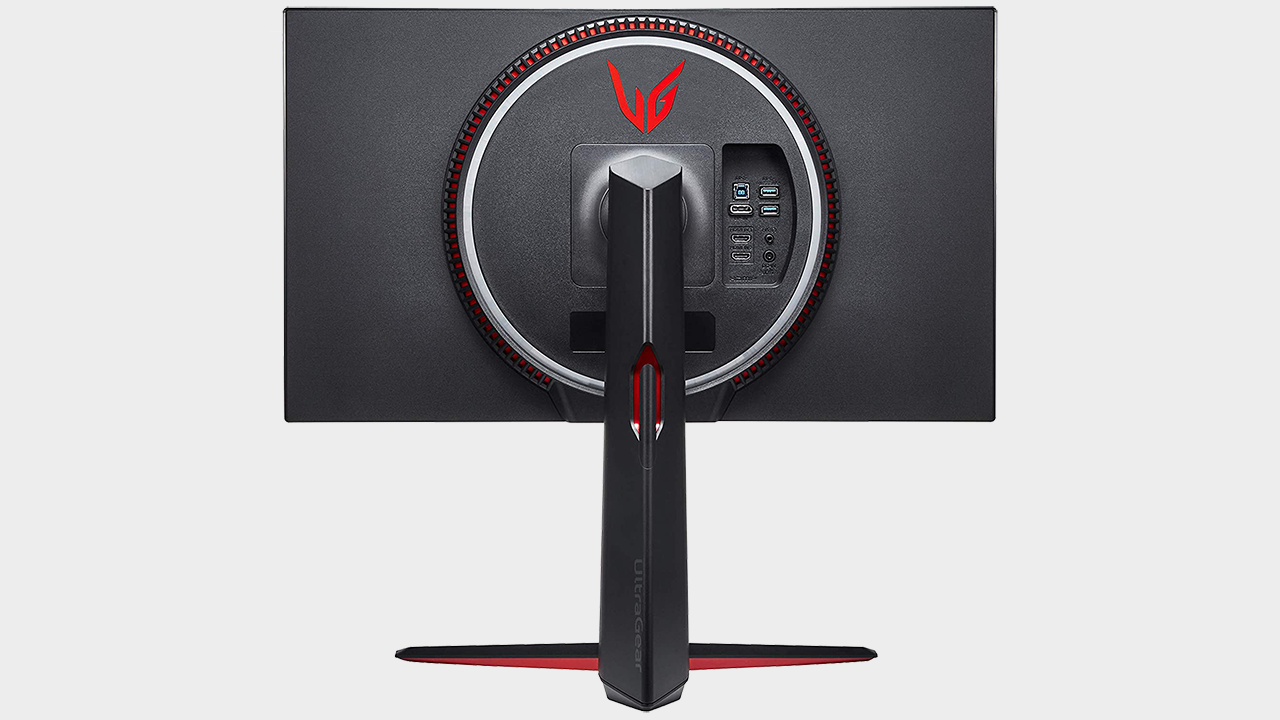
4K gaming is a premium endeavor. You need a colossal amount of rendering power to hit decent frame rates at such a high resolution. But if you're rocking a top-shelf graphics card, like an RTX 3080, RTX 3090, or RX 6800 XT then this dream can be a reality, at last.
The LG UltraGear is the first 4K Nano IPS 1ms gaming monitor that'll properly show off your superpowered GPU. This 4K 27-inch HDR monitor has a 144Hz refresh rate and 1ms response time, which is kind of wild for a 4K monitor. What is most impressive, however, is the Nano IPS tech that offers a wider color gamut and stellar viewing angles.
The LG UltraGear 27GN950-B bags you a terrific panel with exquisite IPS image quality. Despite the lesser HDR capabilities, it also nets beautiful colors and contrast for your games too. G-Sync offers stable pictures and smoothness, and the speedy refresh rate and response times back this up too.
It's the whole package and truly the best gaming monitor going.
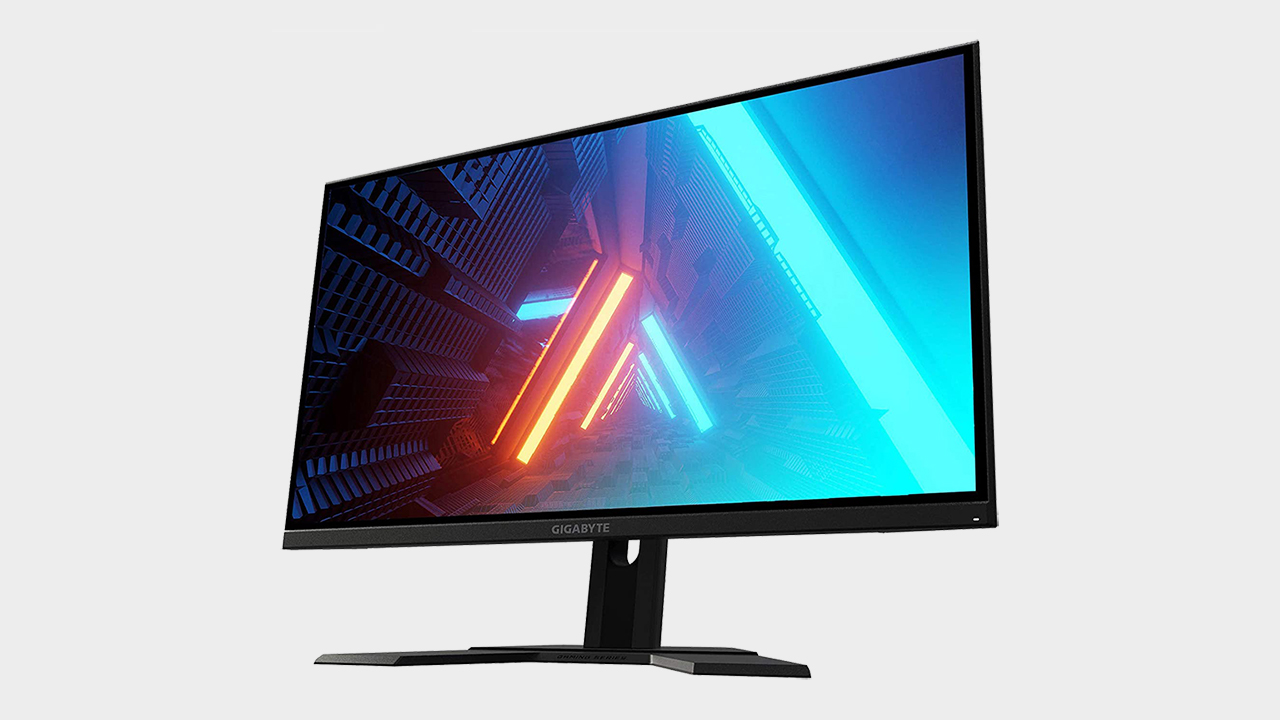

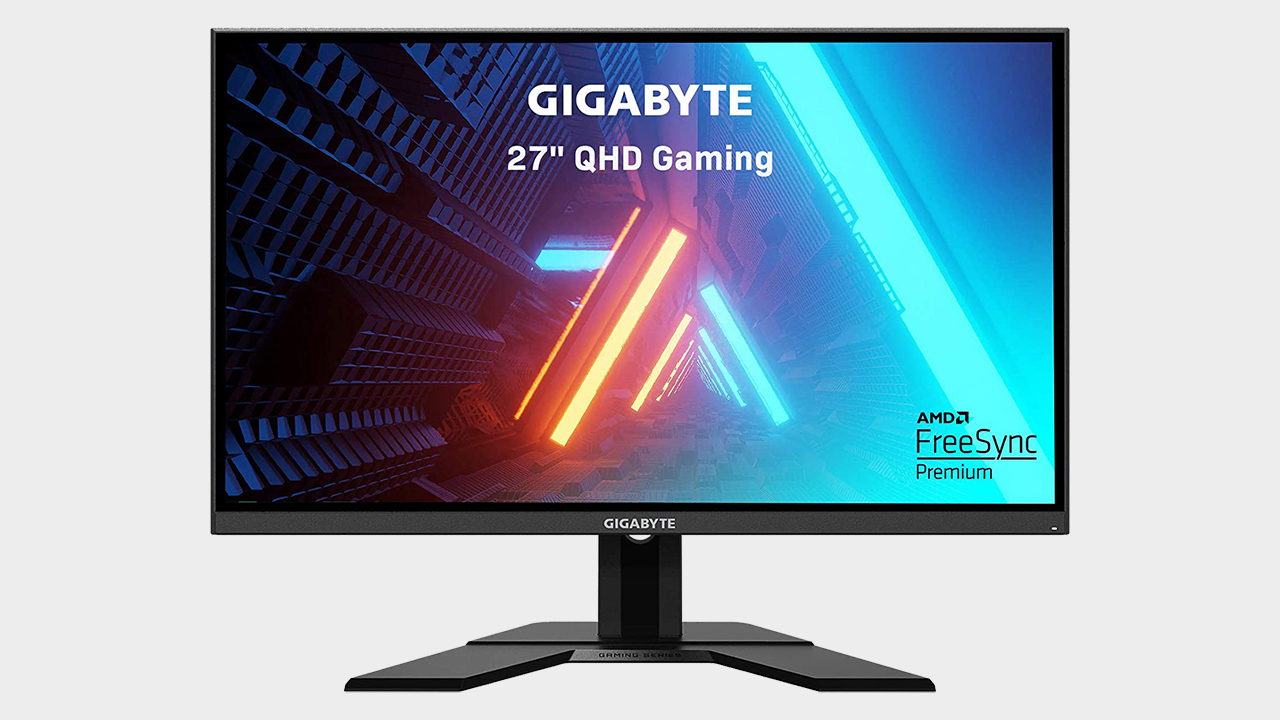
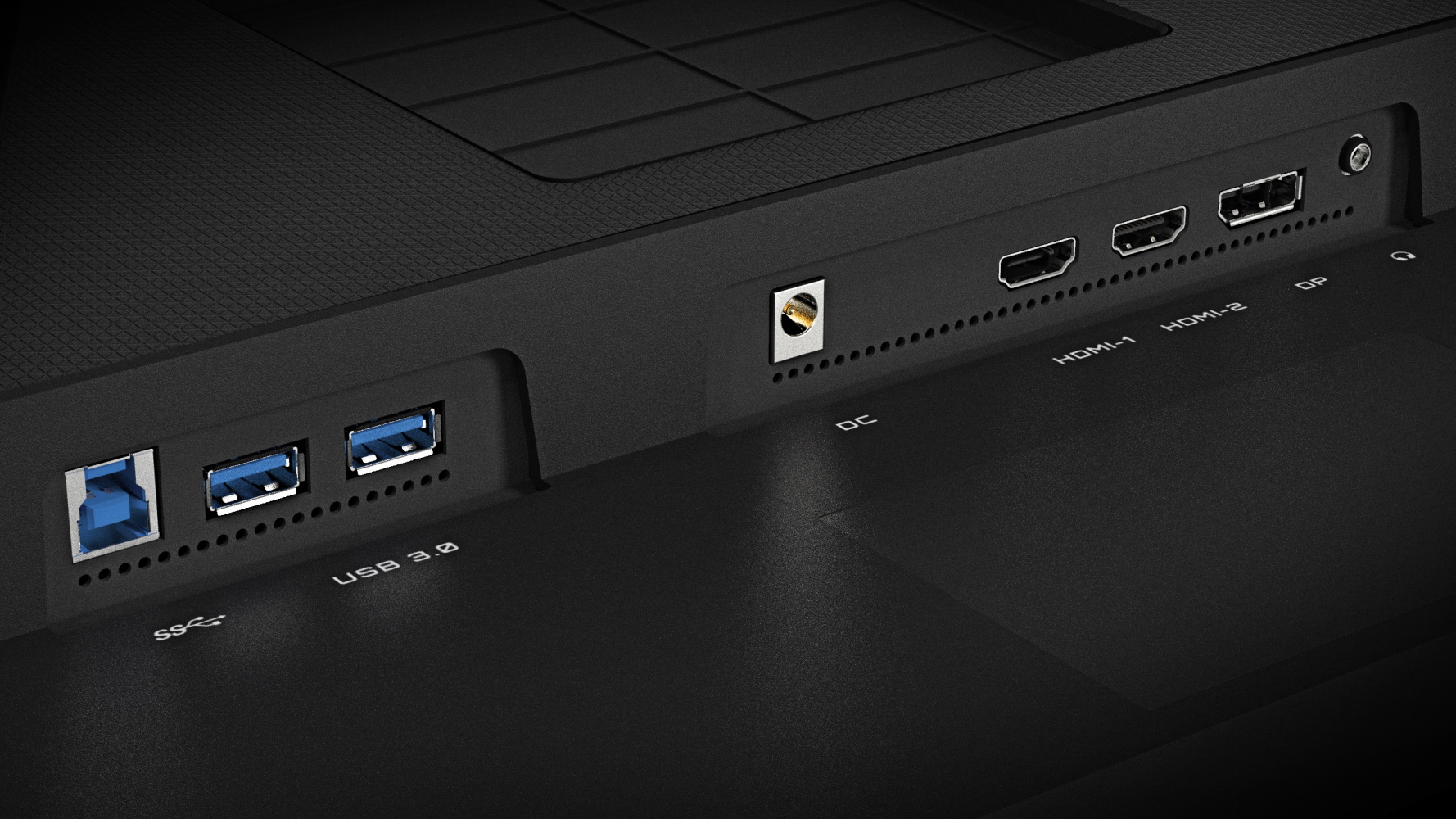
The G27Q proves that you don't need to spend a fortune for a decent IPS 1440p display. At $330, Gigabyte's 27-incher packs in plenty of sought-after features, but more importantly, it provides rich color and smooth gameplay. The 144Hz refresh rate doesn't hurt, either.
The Gigabyte G27Q is a bit of a plain Jane compared to other more pricey options. It's a flat, 27-inch display and a design that wouldn't stand out in an office environment. But it's actually one of the best gaming monitors I've had the pleasure of using. Not only does it have a gorgeous, vibrant panel, but it's also HDR capable and packs plenty of useful features designed to enhance your gaming pleasure.
Read our full Gigabyte G27Q review.

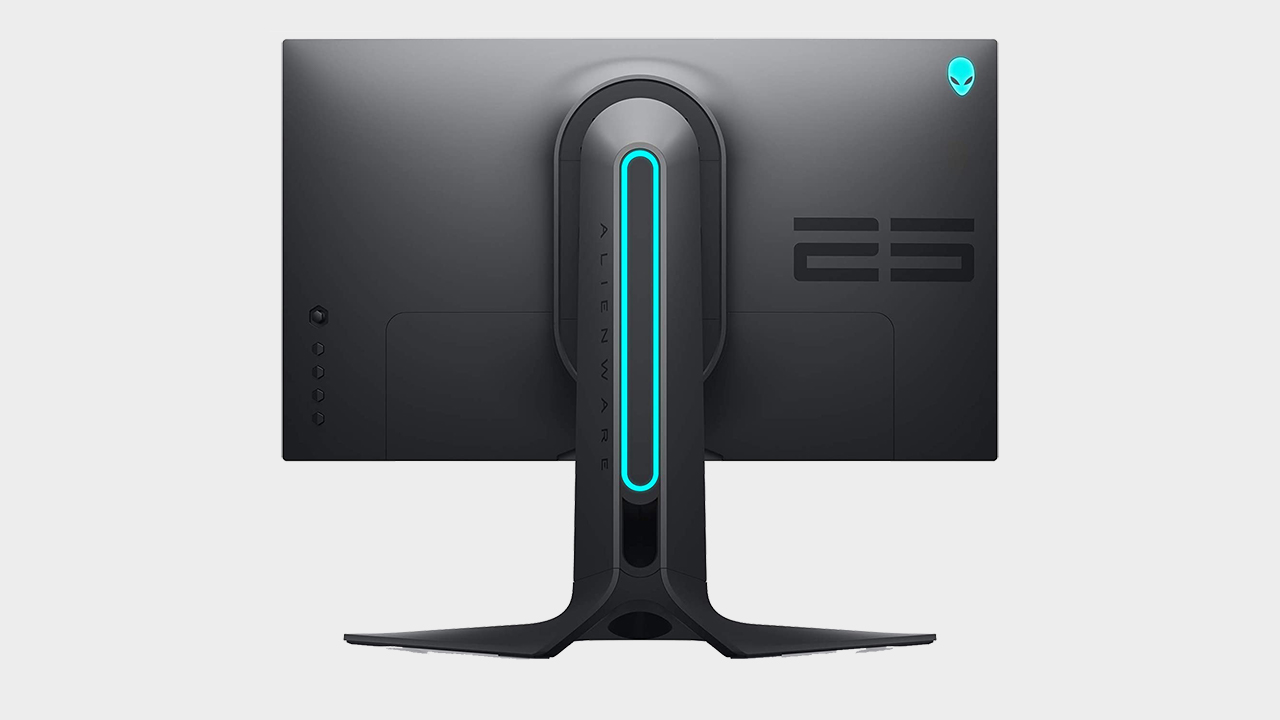
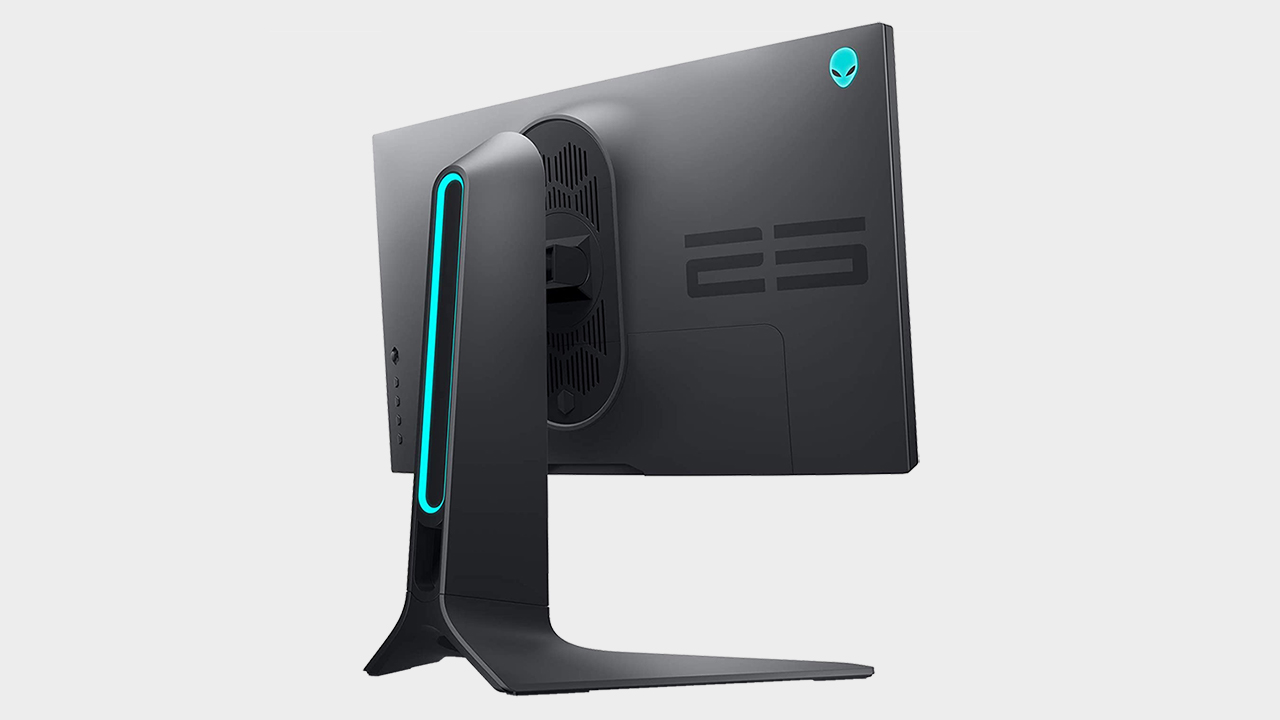
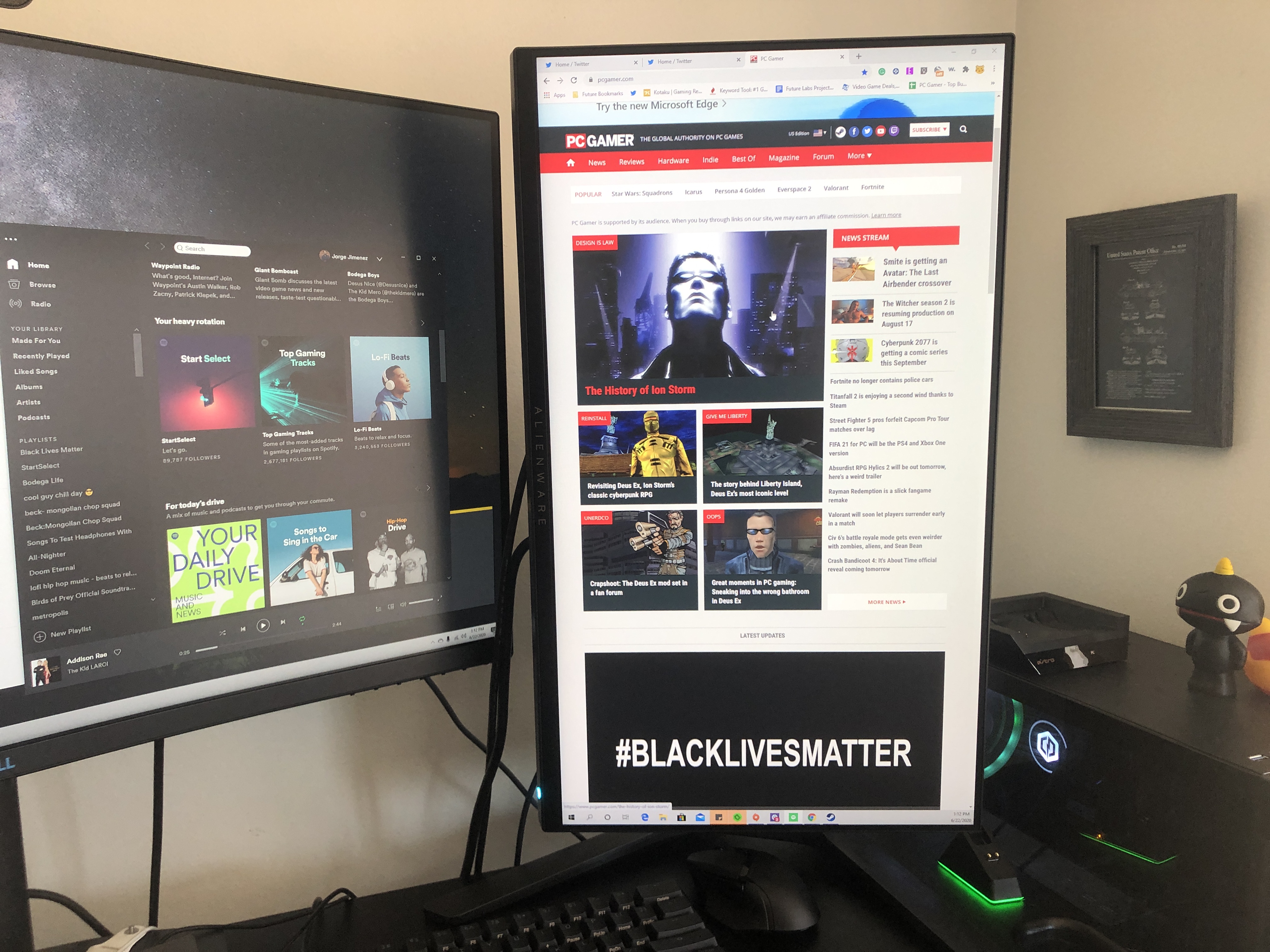
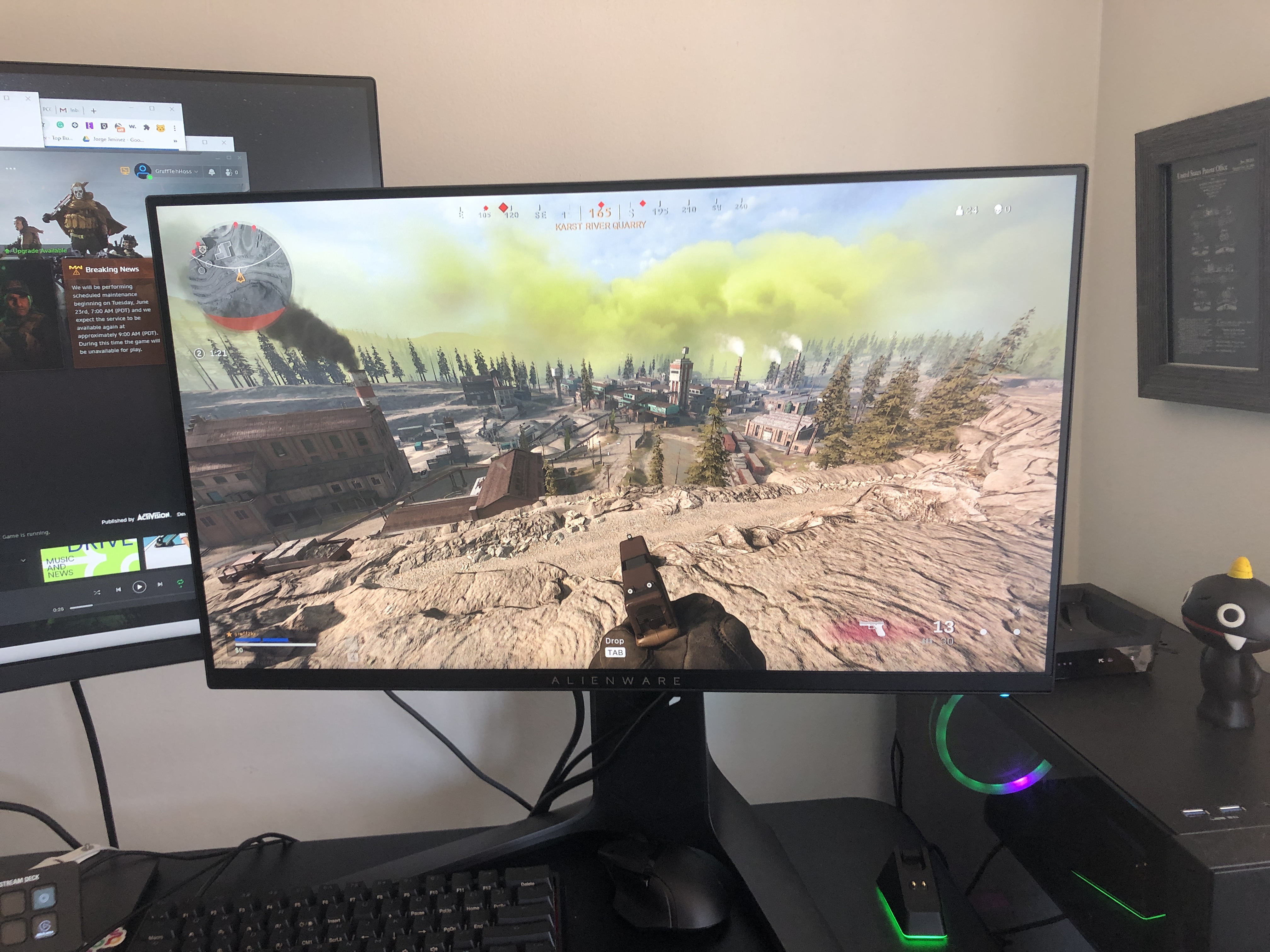
It may have once been a niche, but 240Hz gaming has become more widespread, and Alienware has set itself ahead of the pack with the gorgeous AW2521HF gaming monitor. While not the cheapest on the market, it has the style and performance to make you want it on your desk.
Gamers will dig the Alienware 25's lightning-fast response time in games like Valorant and Destiny 2 with little to no ghosting or artifacts. This 1080p IPS panel is bright and vivid too.
If you work or game in a bright room, the Alienware 25 handles even the most obnoxious glares. More importantly, the AW252HF has some impressive viewing angles regardless if you have it set in the middle of your desk for gaming or off to the side as a second monitor in portrait mode while you work. Our only real complaints are the lack of HDR support, along with a lack of contrast, but it remains one of the best gaming monitors.
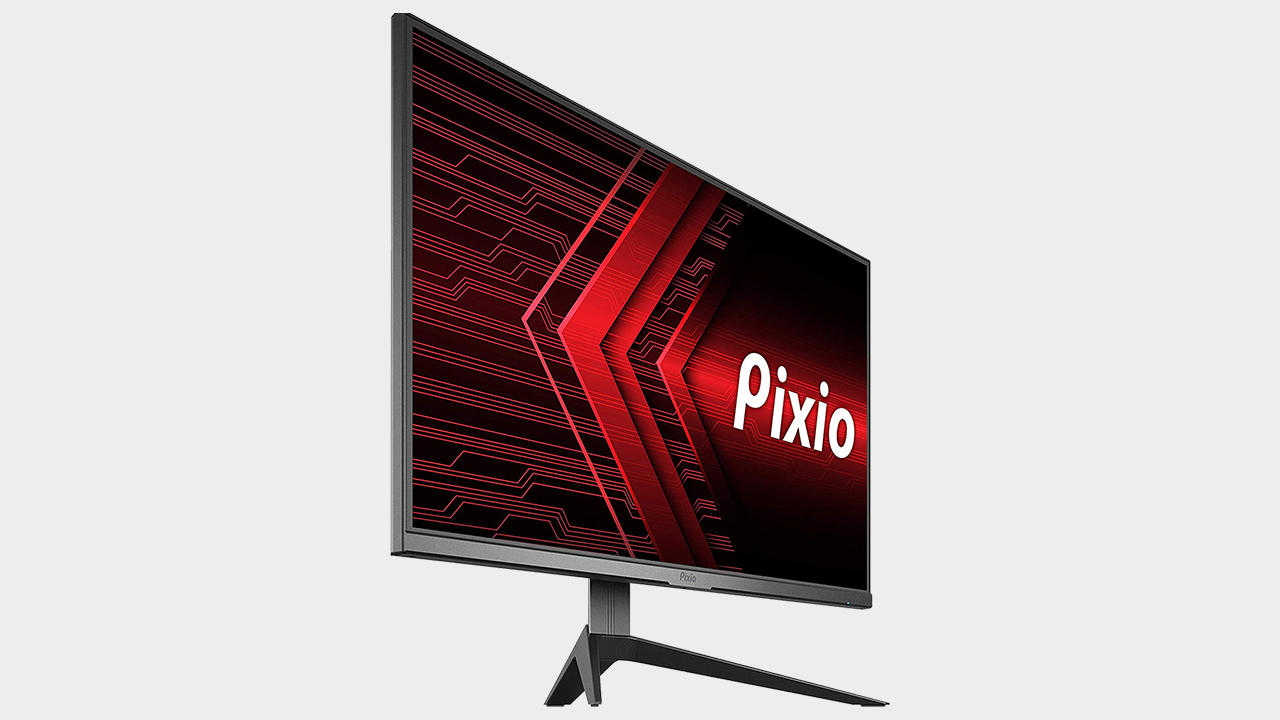
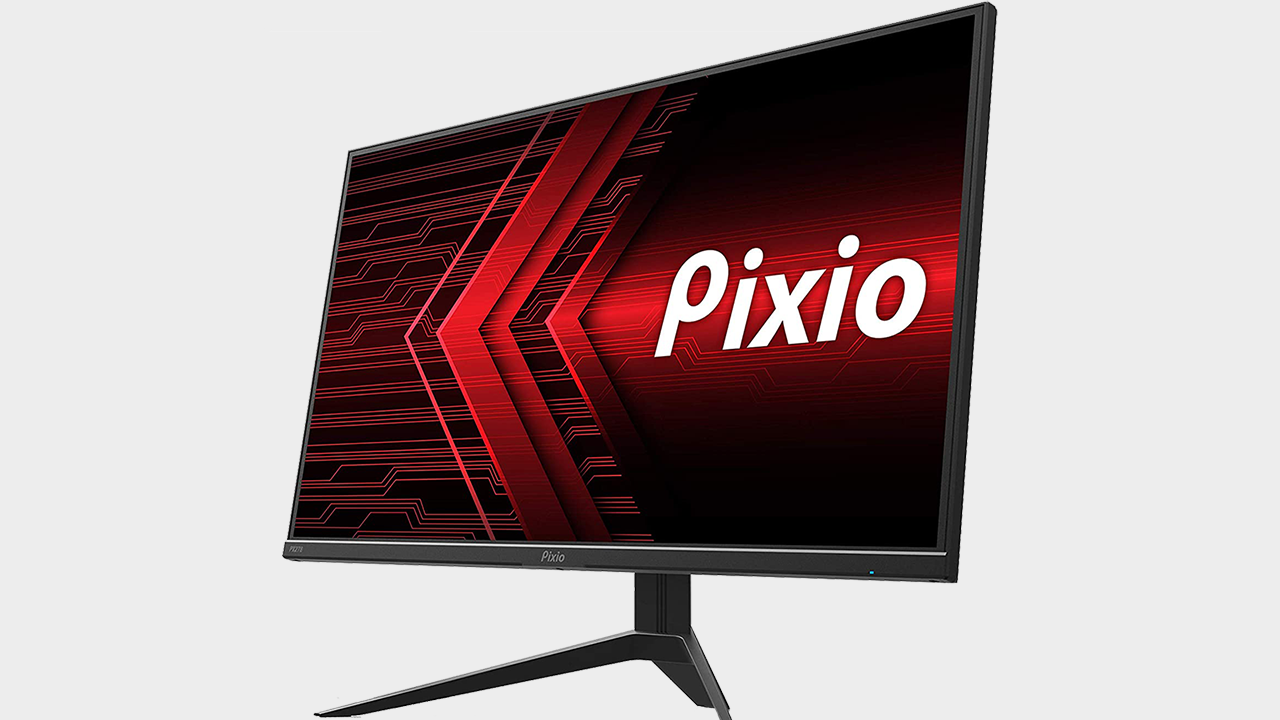


The Pixio PX277 Prime is about as barebones as it comes in regards to gaming monitors. This 27-inch 1440p panel provides frames at a stable 165Hz and is also FreeSync certified for a tear-free gaming experience with compatible graphics cards. The screen itself is advertised as anti-glare and holds up in most brightly lit environments, and the thin bezel is always a plus in our book.
The biggest selling point of the PX277 Prime, though, is its low price point. A great entry-level option for those looking for a larger screen with a high refresh rate and don't want to be left totally broke.
While the build quality isn't as robust as a higher-spec screen, the Pixio panel is perfect for the budget gamer who doesn't mind missing out on some of the bells and whistles of a higher-end monitor but is keen for top performance.
Best computer speakers | Best gaming headset | Best gaming laptop | Best wireless gaming headset | Best PC controller | Best capture card
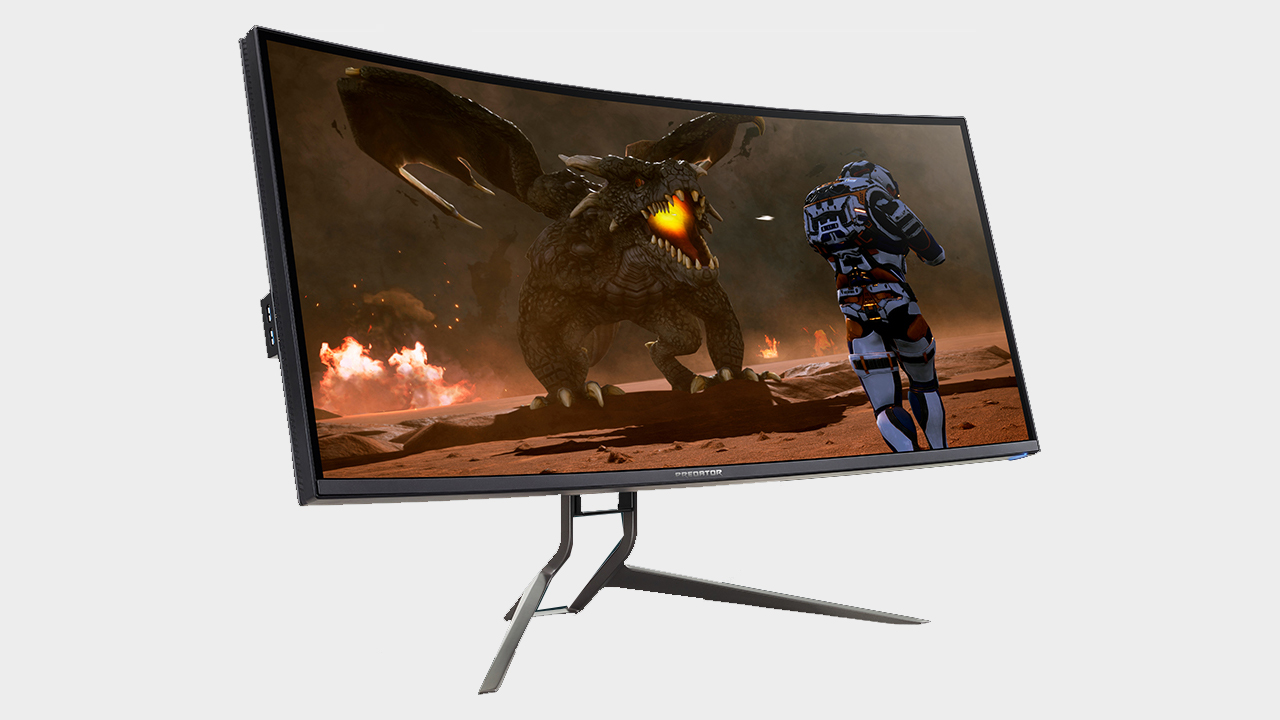

If your mantra for displays is 'go big or go home,' Acer hears you, and its Predator X38 is a massive 38-inch curved screen that looks stunning. It features a not-quite-4K QHD ultrawide panel with a 3840x1600 resolution. With an aspect ratio of 24:9, the IPS panel looks great, and the size means you have a lot of screen real estate for gaming.
The display also features G-Sync technology with up to 175Hz variable refresh rates. That's a huge boost over lower refresh rate curved gaming monitors. It's a big, bold, and beautiful-looking display, and the zero-frame bezel-less approach is another welcome addition. If you're looking for something to turn heads, this is one of the best widescreen gaming monitors out there.
It's taller than the 27-inch 16:9 displays and nearly half again as wide, but the higher resolution means the dot pitch is slightly lower than, the lesser panels. And for games that properly support ultrawide resolutions, the surround effect of the XR382CQK is incredibly immersive—sitting at your desk, the 38-inch panel will fill your field of view.
Read our full Acer Predator X38 review.
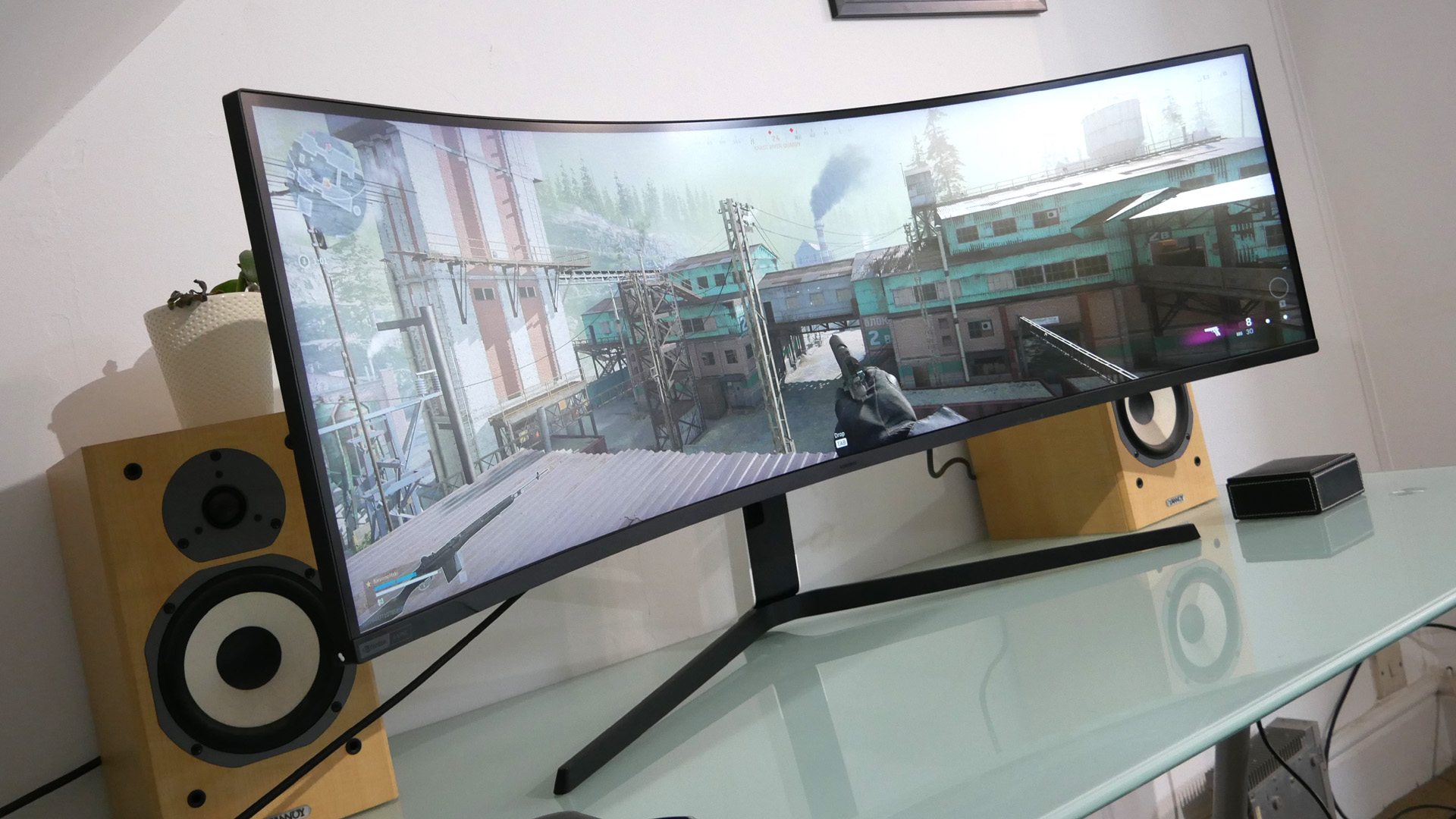
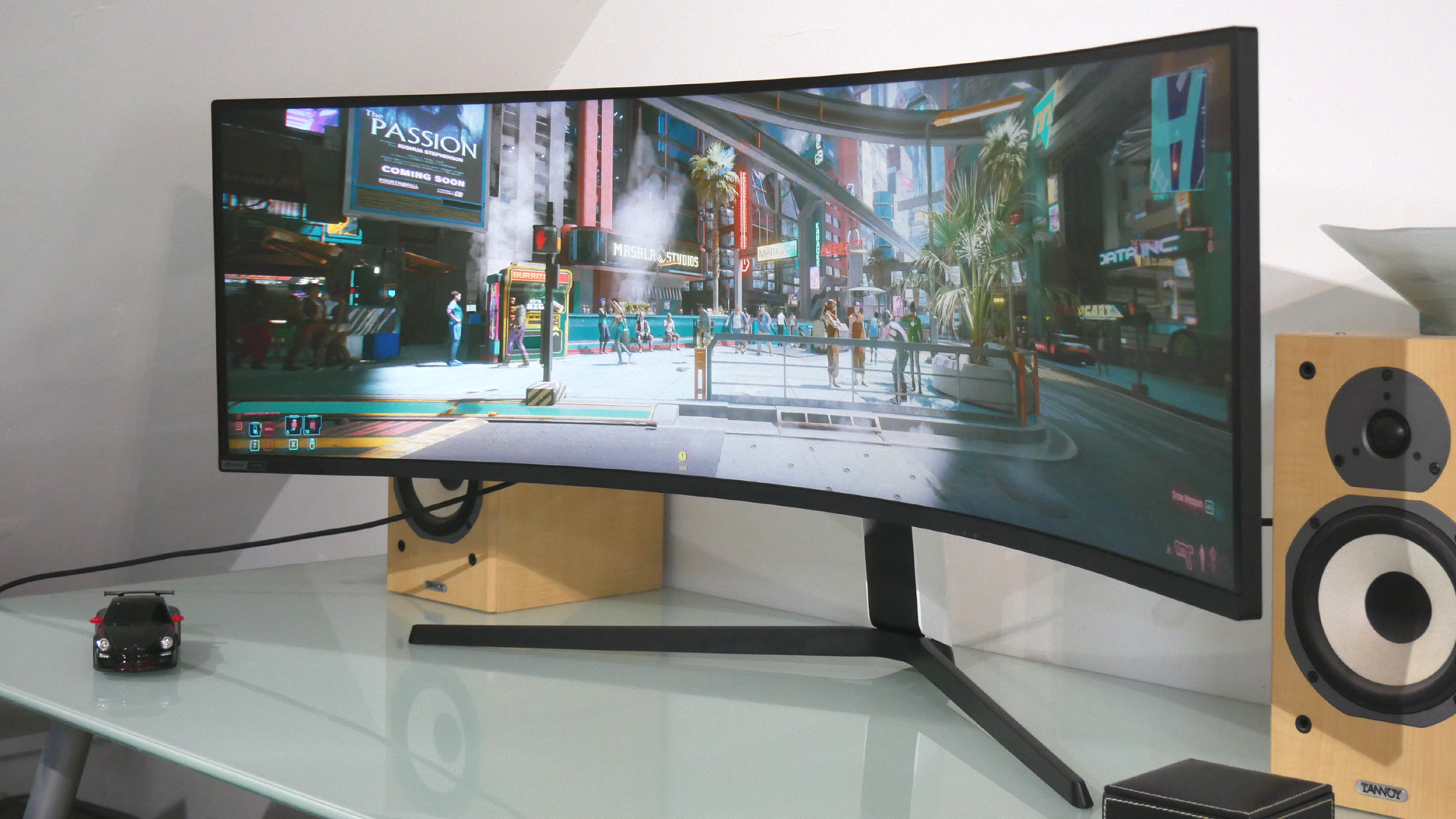
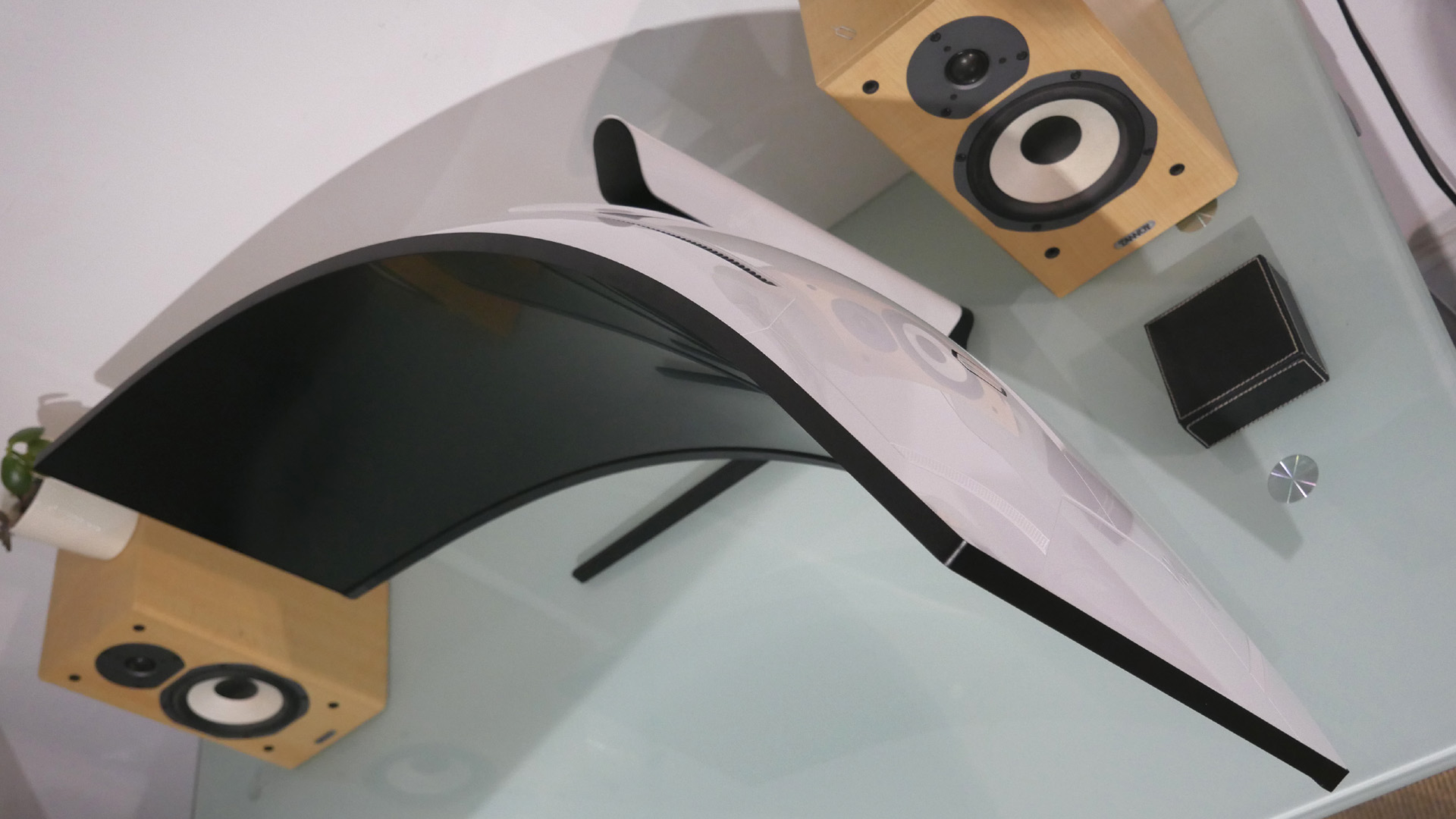
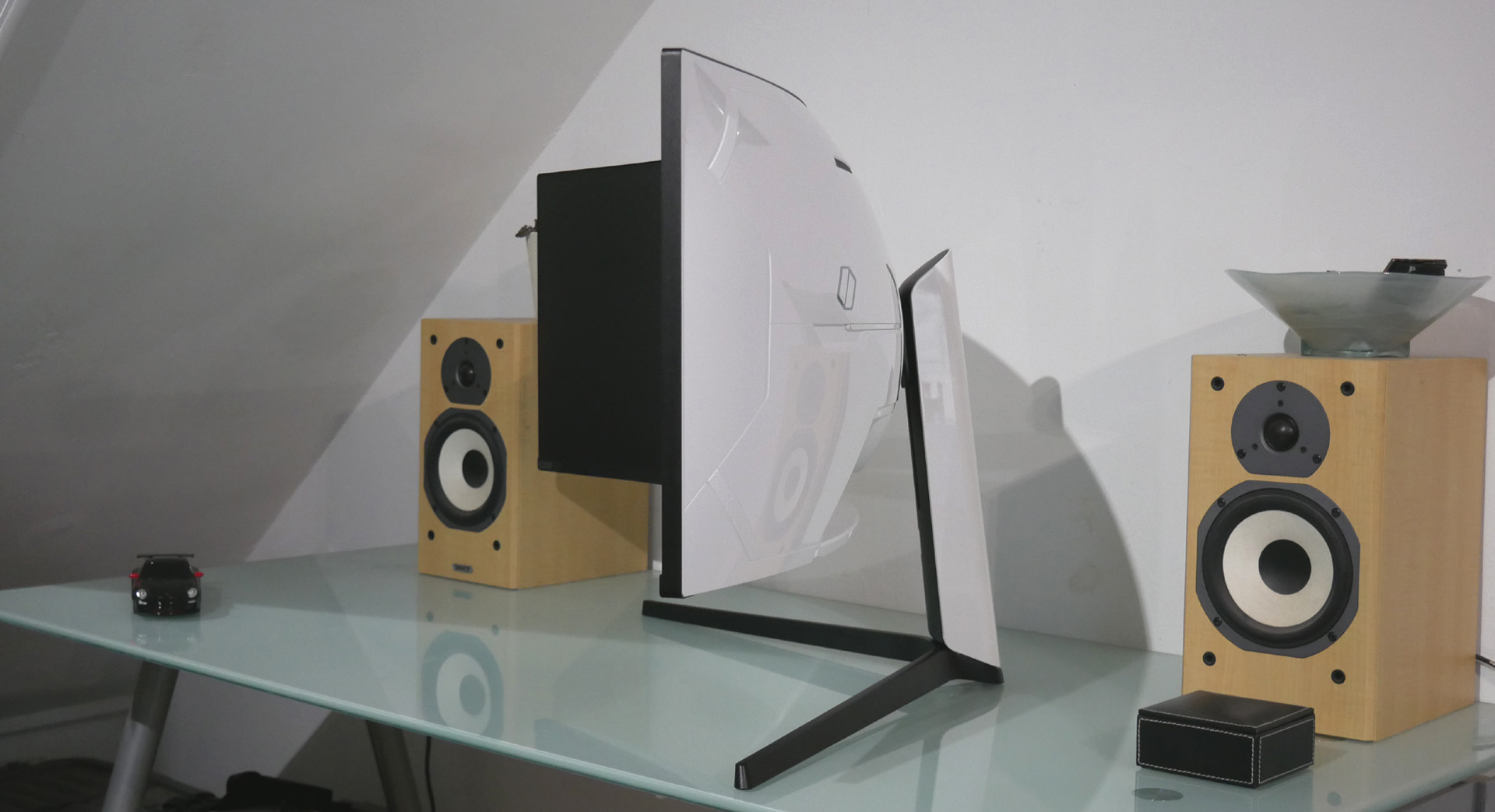
The best just got a whole lot better. That’s surely a foregone conclusion for the new Samsung Odyssey Neo G9. After all, the original Odyssey G9 was already Samsung’s tip-top gaming monitor. Now it’s been given the one upgrade it really needed. Yup, the Neo G9 is packing a mini-LED backlight.
Out of the box, it looks identical to the old G9. Deep inside, however, the original G9’s single most obvious shortcoming has been addressed. And then some. The Neo G9 still has a fantastic VA panel. But its new backlight doesn’t just have full-array rather than edge-lit dimming. It packs a cutting-edge mini-LED tech with no fewer than 2,048 zones. This thing is several orders of magnitude more sophisticated than before. As if that wasn’t enough, the Neo G9’s peak brightness has doubled to a retina-wrecking 2,000 nits. What a beast.
The problem with any backlight-based rather than per-pixel local dimming technology is that compromises have to be made. Put another way, an algorithm has to decide how bright any given zone should be based on the image data. The results are never going to be perfect. Visible halos around small, bright objects are the sort of issue you expect from full-array dimming. But the Neo G9 has its own, surprisingly crude, backlight-induced image quality issues. Admittedly, they’re most visible on the Windows desktop rather than in-game or watching video.
In practice, the Neo G9’s mini-LED creates as many problems as it solves. We also can’t help but observe that, at this price point, you have so many options. The most obvious alternative, perhaps, is a large-format 120Hz OLED TV with HDMI 2.1 connectivity.
Read our full Samsung Odyssey Neo G9 review.
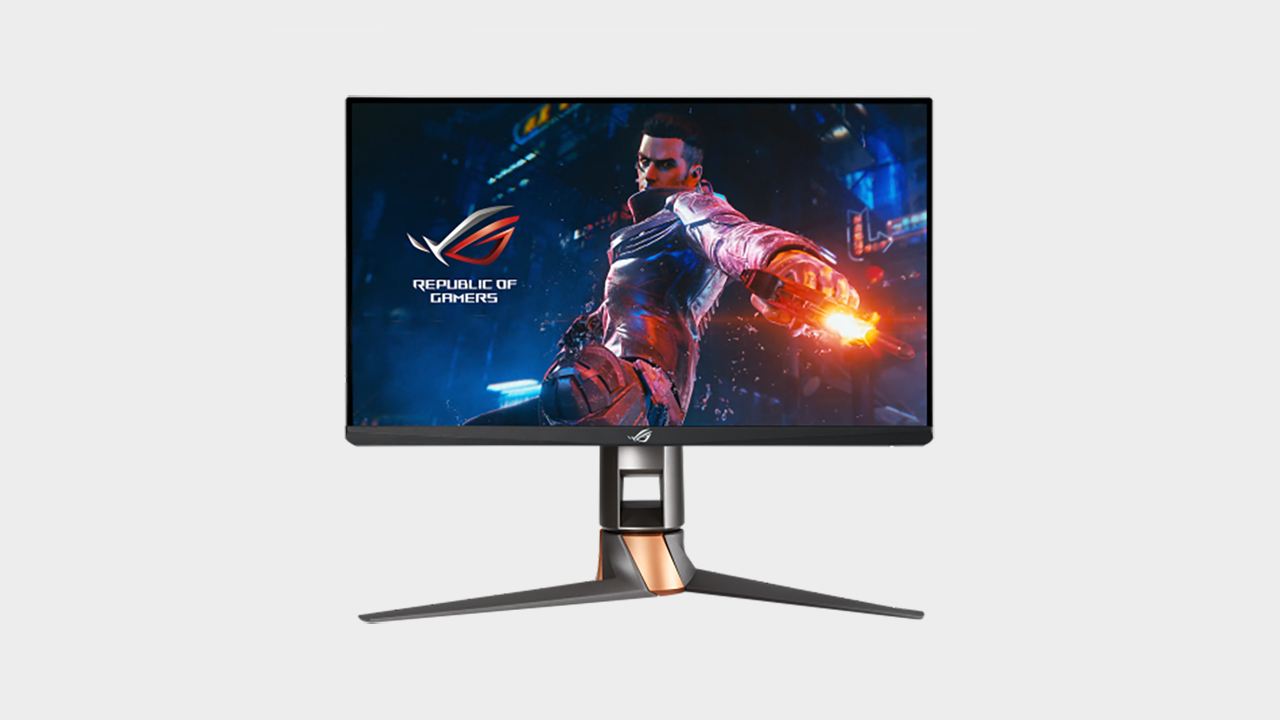

If you're a fan of flat-out overkill, the ROG Swift PG259QN will check those boxes. This ludicrously fast 360Hz display even lets you analyze your gaming ecosystem to figure out which one of your devices affects your latency, thanks to Nvidia Reflex (if you're using an RTX card). Seeing if your hardware or accessories gives you terrible input lag is good information and will keep you from making frivolous upgrades.
This makes the cut on the best gaming monitor guide because it's a competitive gamer's dream. Anyone looking for a competitive edge and values speed over anything else will be overjoyed with this Swift gaming monitor. If you already own a 240Hz monitor, you're probably ok with what you have, but once you see this monitor in action, that's a different story. Just make sure you've got a beefy enough GPU that's capable of spitting out a high number of frames.
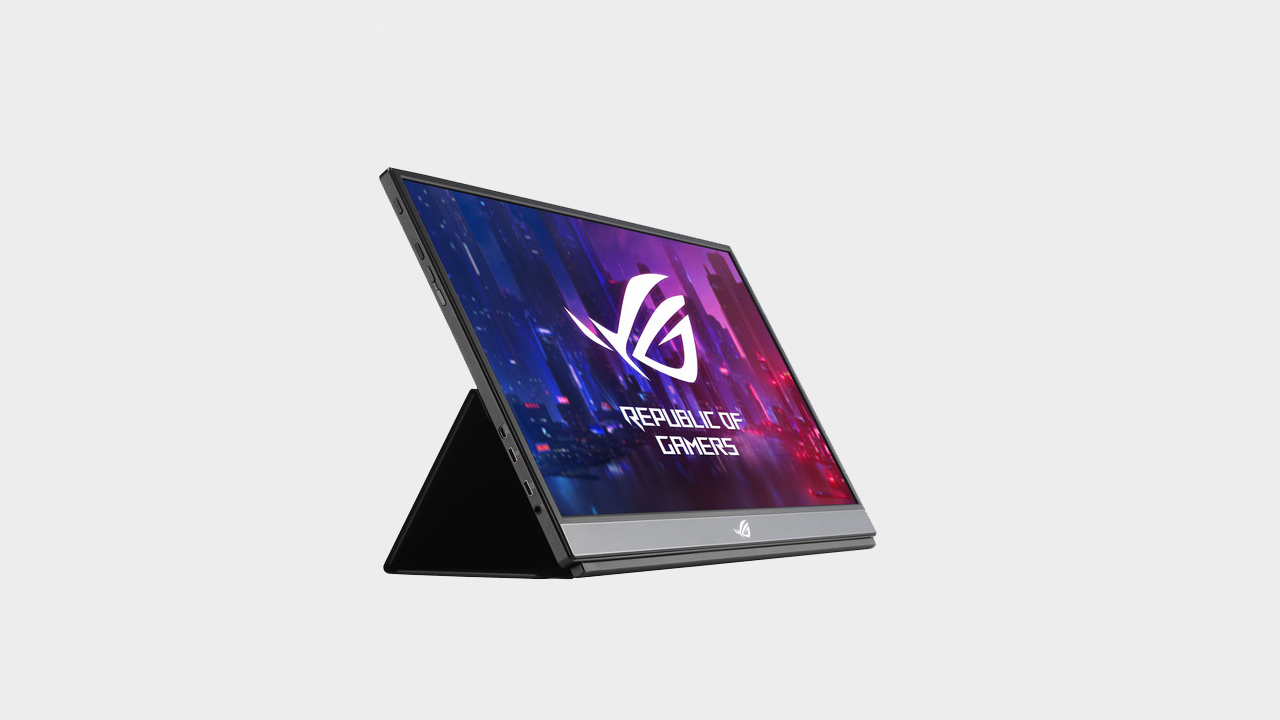
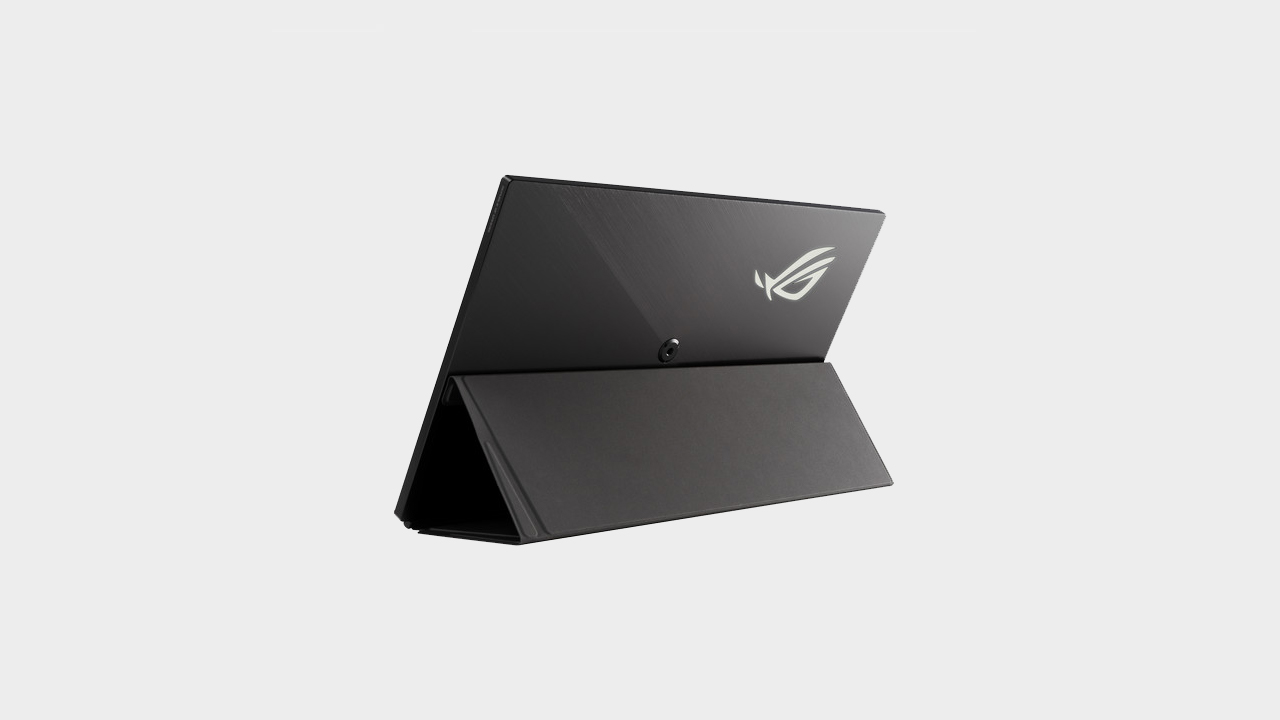
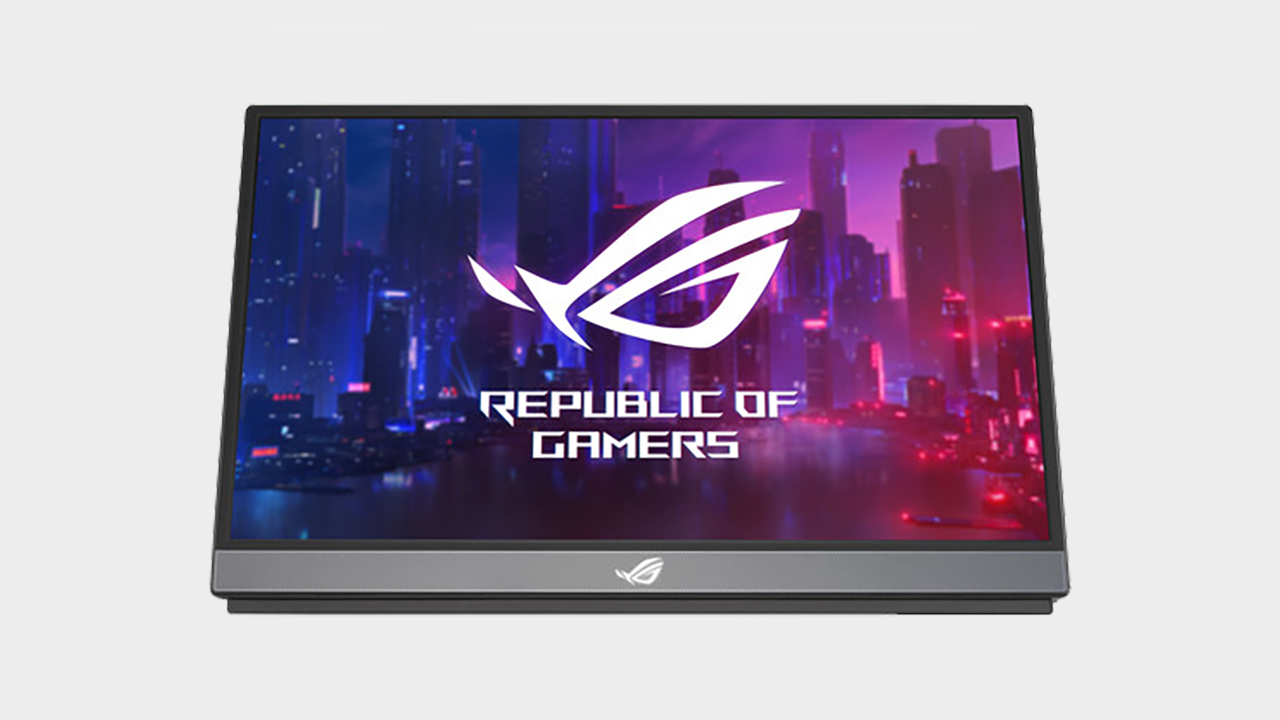
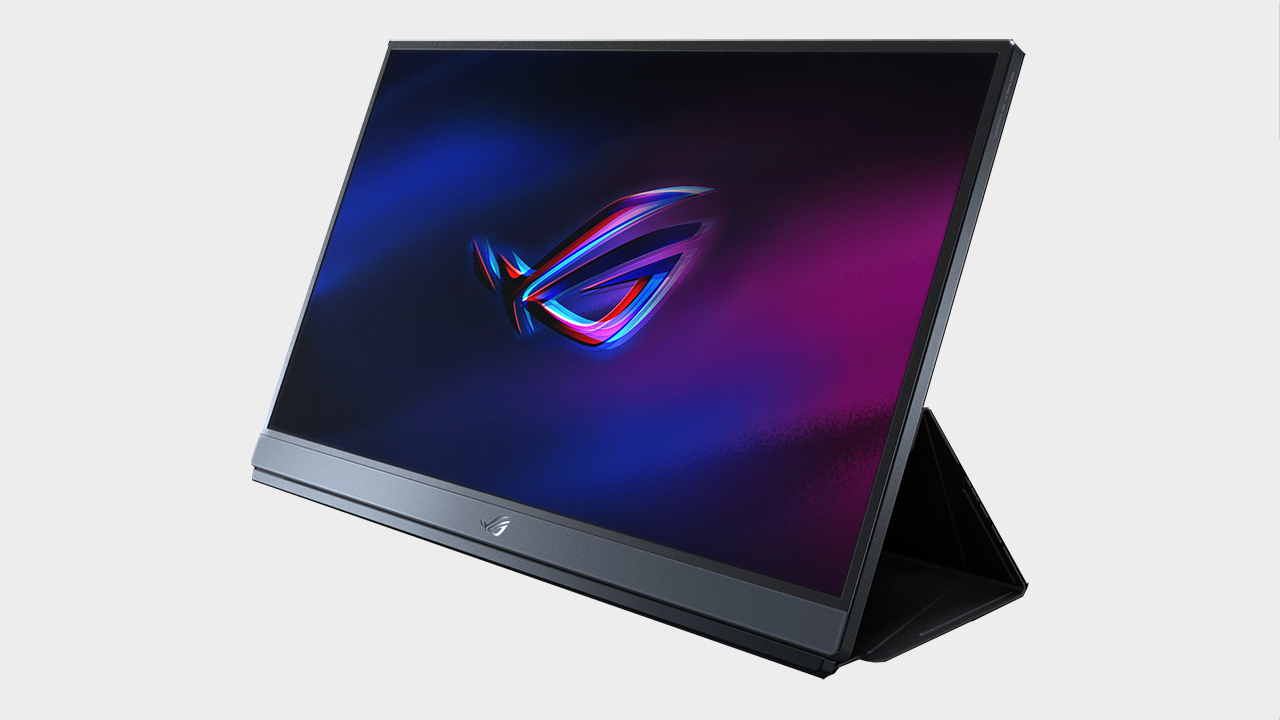

Best CPU for gaming: the top chips from Intel and AMD
Best graphics card: your perfect pixel-pusher awaits
Best SSD for gaming: get into the game ahead of the rest
Portable monitors have always existed as a novelty. Whenever you see one out in the wild, it's usually attached to someone's boring work laptop and tasked with displaying mind-numbing spreadsheets. Portable monitors give you a second screen during travel without the fuss. The ROG Strix XG17AHPE takes that same portability but also adds the performance of a premium gaming monitor.
This thin and lightweight 17-inch IPS display has a 240Hz refresh rate, along with a 3ms response time, making it the perfect gaming monitor for a LAN party. Shooters like CS: GO, and Apex Legends will benefit from the buttery smooth refresh rate, and you needn't sacrifice battery life for it. The built-in 7800mAh battery will give you a couple of hours of gameplay, at least.
The XG17 is the ideal companion screen for work and play... assuming you've got $500 lying around.
Read our full ROG STRIX XG17AHPE Portable Monitor review.
Best gaming monitor FAQ
Should I go for an IPS, TN or VA panel?
We would always recommend an IPS panel over TN. The clarity of image, viewing angle, and color reproduction are far superior to the cheaper technology, but you'll often find a faster TN for cheaper. The other alternative, less expensive than IPS and better than TN, is VA tech. The colors aren't quite so hot, but the contrast performance is impressive.
Should I go for a FreeSync or G-Sync monitor?
In general, FreeSync monitors will be cheaper. It used to be the case that they would only work in combination with an AMD GPU. The same went for G-Sync monitors and Nvidia GPUs. Nowadays, though, it is possible to find G-Sync compatible FreeSync monitors if you're intent on spending less.
Should I buy a HDR monitor?
With a High Dynamic Range monitor, you can take advantage of the ever-growing list of games and apps that feature HDR support. It offers more vibrant colors and greater contrast but is going to drive up the price a little. Windows native HDR function also leaves a lot to be desired, and you may find you have to fiddle in the settings to get HDR looking like it should.
What aspect ratio should I go for?
Today's movies and games are best enjoyed in a widescreen format at a 16:9 aspect ratio or above. In 4:3, those cinematic moments will look stunted with black strips along the top and bottom. There are a host of minute variations on each ratio, but at the end of the day choosing between these depends entirely on your personal preference.
And the very far-out option, if you have a little extra cash to blow, is ultra-wide aspect ratios like 21:9 and 32:9 and their variants. These will provide a much more immersive, encompassing experience. Or literally, encompass yourself with a curved monitor, up to you.
Jargon buster - gaming monitor terminology
Refresh Rate (Hz)
The speed at which the screen refreshes. For example, 144Hz means the display refreshes 144 times a second. The higher the number, the smoother the screen will appear when you play games.
V-Sync
Graphics tech synchronizes a game's framerate with your monitor's refresh rate to help prevent screen tearing by syncing your GPU frame rate to the display's maximum refresh rate. Turn V-Sync on in your games for a smoother experience, but you'll lose information, so turn it off for fast-paced shooters (and live with the tearing). Useful if you have an older model display that can't keep up with a new GPU.
G-Sync
Nvidia's frame synching tech that works with Nvidia GPUs. It basically allows the monitor to sync up with the GPU. It does by showing a new frame as soon as the GPU has one ready.
FreeSync
AMD's take on frame synching uses a similar technique as G-Sync, with the biggest difference being that it uses DisplayPort's Adaptive-Sync technology which doesn't cost monitor manufacturers anything.
Ghosting
When movement on your display leaves behind a trail of pixels when watching a movie or playing a game, this is often a result of a monitor having slow response times.
Response Time
The amount of time it takes a pixel to transition to a new color and back. Often referenced as G2G or Grey-to-Grey. Slow response times can lead to ghosting. A suitable range for a gaming monitor is between 1-4 milliseconds.
TN Panels
Twisted-nematic is the most common (and cheapest) gaming panel. TN panels tend to have poorer viewing angles and color reproduction but have higher refresh rates and response times.
IPS
In-plane switching, panels offer the best contrast and color despite having weaker blacks. IPS panels tend to be more expensive and have higher response times.
VA
Vertical Alignment panels provide good viewing angles and have better contrast than even IPS but are still slower than TN panels. They are often a compromise between a TN and IPS panel.
HDR
High Dynamic Range. HDR provides a wider color range than normal SDR panels and offers increased brightness. The result is more vivid colors, deeper blacks, and a brighter picture.
Peak Brightness
This refers to the maximum brightness of a monitor or television and is measured in nits.
Ultrawide
Shorthand for monitors with aspect wider aspect ratios like 32:9 or 21:9
Resolution
The number of pixels that make up a monitor's display, measured by height and width. For example: 1920 x 1080 (aka 1080p), 2560 x 1440 (2K), and 3840 x 2160 (4K).

Post a Comment